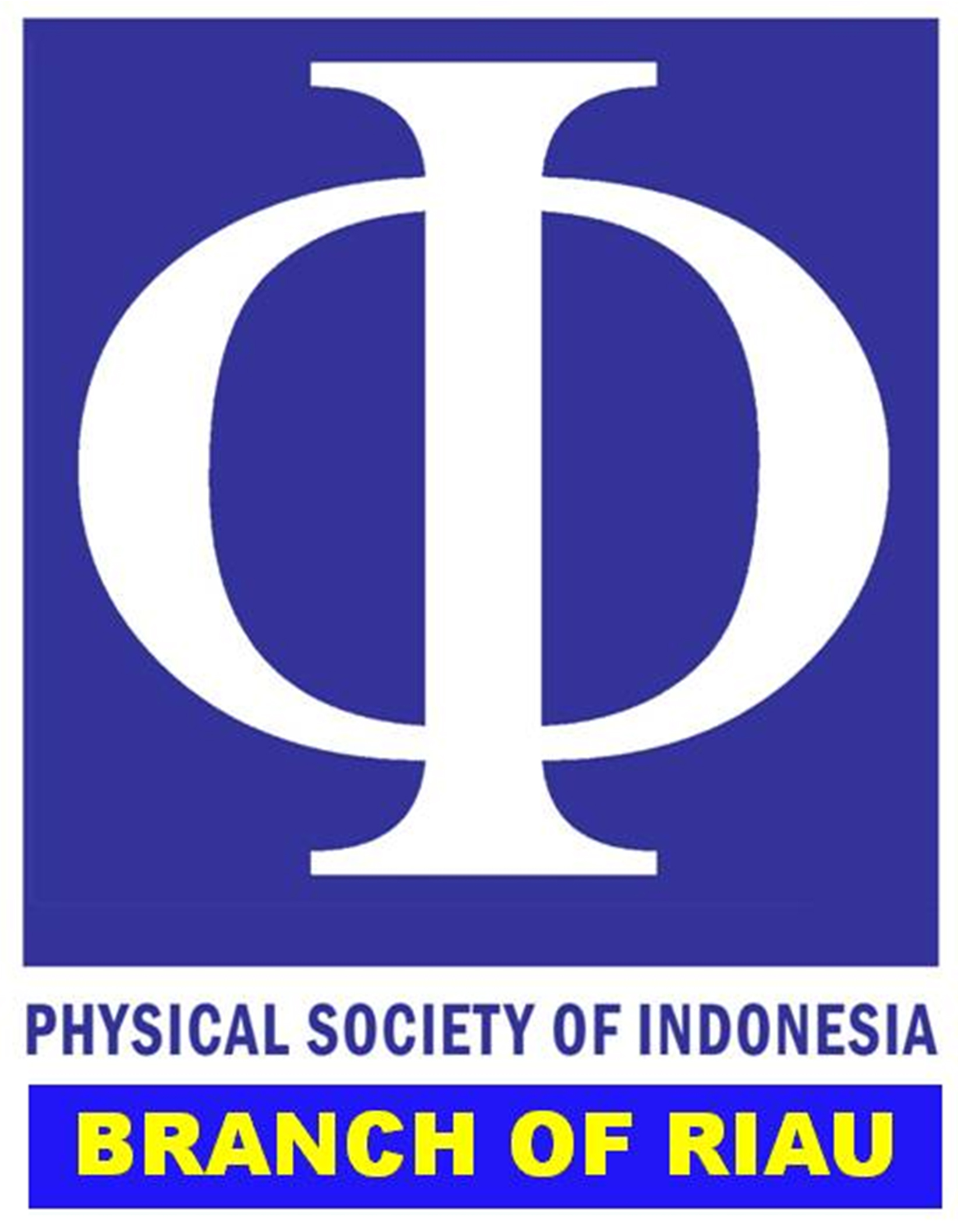Relation of reflectance intensity and chemical contents of oil palm fresh fruit bunches using multispectral imaging
Abstract
Multispectral imaging has been widely used for the classification of fruits and vegetables. This technique offers both spectral and spatial resolution, enabling the evaluation of fruit quality based on its chemical properties. This study aims to analyze the relationship between reflectance intensity obtained from multispectral imaging and the chemical composition of oil palm fresh fruit bunches (FFBs), specifically oil content and free fatty acid (FFA) levels, measured using the Soxhlet extraction method. The multispectral imaging system consists of a monochrome camera and an LED light source with eight wavelengths ranging from 680 nm to 900 nm. FFB images were processed using Python scripts to extract reflectance intensity. The Python scripts were also used to analyze the correlation between reflectance intensity and both oil content and FFA levels. A total of 15 unripe and 15 ripe FFB samples were used. Correlation analysis was focused on the 780 nm wavelength due to its high reflectance intensity. The results showed that the correlation coefficient between reflectance intensity and oil content was r = -0.39 for unripe fruits and r = 0.29 for ripe fruits, while the combined data yielded a strong correlation of r = 0.92. For FFA, the correlation was r = -0.41 for unripe fruits, r = -0.34 for ripe fruits, and r = 0.72 for the combined dataset. These findings demonstrate that multispectral imaging is a promising non-destructive method for classifying the ripeness of oil palm FFBs based on oil content and FFA levels.
Keywords
Free fatty acid; multispectral imaging; oil content; oil palm fresh fruit bunch; ripeness
DOI: http://dx.doi.org/10.31258/jkfi.22.2.149-156
Refbacks
- There are currently no refbacks.

This work is licensed under a Creative Commons Attribution-NonCommercial 4.0 International License.
Indexing by:








